Vietnam’s Duck Boom: How One Bird Helped Rebuild a Nation’s Farming Hope
A few years ago, if you told a Vietnamese farmer that ducks would become the unexpected heroes of the country’s agricultural future, they might’ve laughed. But here we are 60 million ducks later and that’s exactly what happened.
Back in 2017, Vietnam had around 10 million ducks. Not a small number, but nothing out of the ordinary. Fast forward to 2022, and the duck population had exploded to six times that. It wasn’t some happy accident it was a calculated response to a crisis that left farmers reeling and searching for a way to survive.
A Crisis That Grounded Pigs and Lifted Ducks
The big shift came in 2019, when African Swine Fever tore through pig farms across the country. It was brutal. Entire herds were lost. Livelihoods vanished almost overnight. For many rural families, pigs were everything the main income source, passed down for generations. So when the disease hit, they were left with nothing.
But where pigs failed, ducks thrived.
Ducks are fast growers, they lay eggs consistently, and they don’t cost much to feed. They don’t need fancy equipment or expensive land either. They’re tough birds, able to forage in fields and along waterways, eating whatever’s around. That resilience made them the perfect fallback option.
For farmers in desperate situations, ducks weren’t just a backup they were a lifeline.
Why the Mekong Delta Became the Duck Capital
If Vietnam’s duck story had a capital city, it’d be the Mekong Delta.
This vast, watery region is ideal for duck farming. It’s full of rivers, rice paddies, and open space. In fact, about 40% of the country’s ducks nearly 24 million are raised here. It’s not some new trend either. Farmers here have been raising ducks for generations, long before anyone thought to call it a “duck industry.”
You’ll still find scenes that look like they belong in a documentary: ducks waddling through rice stubble after harvest, splashing in irrigation canals, and nibbling on snails and leftover grain. It’s farming at its simplest and somehow, still incredibly effective.
The Government Steps In with a Plan
Realizing that duck farming was becoming more than a temporary fix, the Vietnamese government stepped in. In 2021, they launched a long-term strategy to support the industry through 2030 and beyond. But this wasn’t some vague set of goals. It had teeth.
The plan focused on creating better production systems, ensuring food safety, protecting the environment, and helping farmers earn more especially those in rural communities. It was all about building a sustainable value chain: from raising ducks and collecting eggs, all the way to processing and exporting.
In other words, the duck business wasn’t just surviving it was becoming part of the country’s future.
Tradition Meets Tech in the Duck World
What’s especially interesting about duck farming in Vietnam is how old-school methods blend with modern techniques.
You’ve got small family farms still doing things the traditional way letting ducks roam freely, feeding them natural scraps, and raising them alongside rice. These are low-cost, low-tech setups, and they work just fine.
But at the same time, commercial duck operations are becoming more high-tech. Think large pens with controlled environments, optimized feed, and industrial-scale egg production. These farms produce a huge volume and help meet growing demand both locally and abroad.
What’s cool is that both systems can coexist. One doesn’t need to replace the other. There’s room for the small and the big in Vietnam’s duck world.
Eggs Everywhere: Feeding Homes and Opening Doors Abroad
With so many ducks, you can imagine what’s happening with egg production. It’s booming.
In 2022 alone, Vietnam produced around 4.8 billion duck eggs. That’s not just for local omelets and salted egg snacks. Provinces like Dong Thap are leading the charge in turning eggs into a serious business, improving distribution, and even promoting exports.
Vietnam’s duck eggs especially salted ones are gaining traction in international markets. And with the right infrastructure and quality control, the country has real potential to become a major player in the global egg game.
The Aigamo Method: Ducks and Rice, Best Friends Forever
One of the smartest and most sustainable farming innovations to come out of this boom is the revival of the Aigamo method.
Originally developed in Japan, it’s a system where ducks and rice fields work together in harmony. Farmers release ducks into the rice paddies a couple of weeks after planting. The ducks eat pests, aerate the water with their movement, and fertilize the field naturally with their droppings.
They’re pulled out before the rice grains mature to avoid damage, then sometimes brought back after harvest to clean up leftover pests. The result? Less pesticide use, healthier rice, and extra income for farmers.
It’s nature doing the work, and everyone wins.
More Than Just Farming It’s a Comeback Story
What’s so inspiring about Vietnam’s duck journey isn’t just the numbers or the economic gain it’s the story behind it.
This is about people who were hit hard, and instead of giving up, they adapted. They turned to a bird that’s often overlooked and built an entire system around it. From small rice paddies to massive egg farms, from local food stalls to international trade deals this is what resilience looks like.
The duck may not be glamorous. It doesn’t roar like a tractor or shine like a skyscraper. But in Vietnam, it helped rebuild dreams, protect tradition, and carve out a new future for farming.
And that, honestly, is something to quack about.
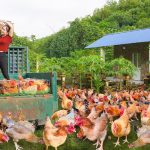
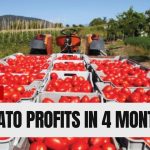
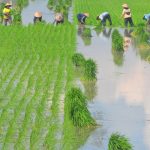
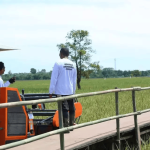
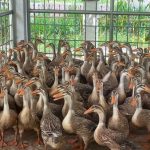
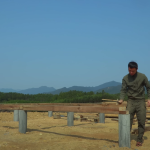
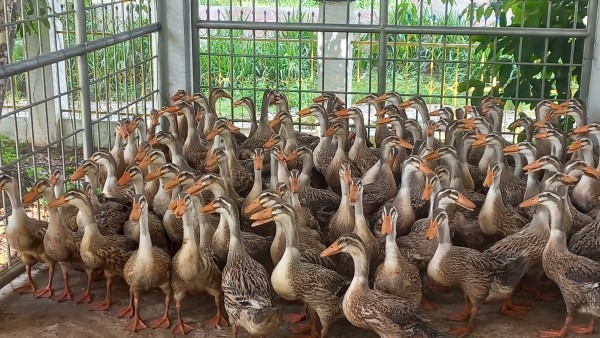
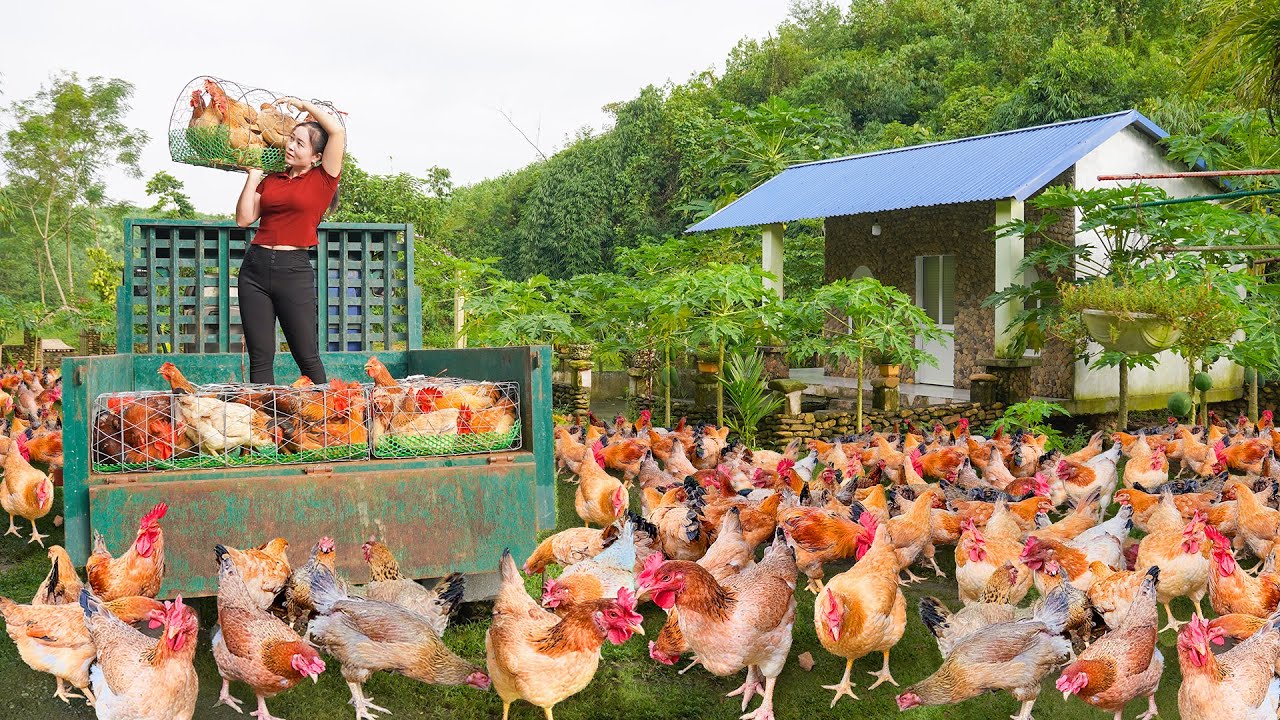

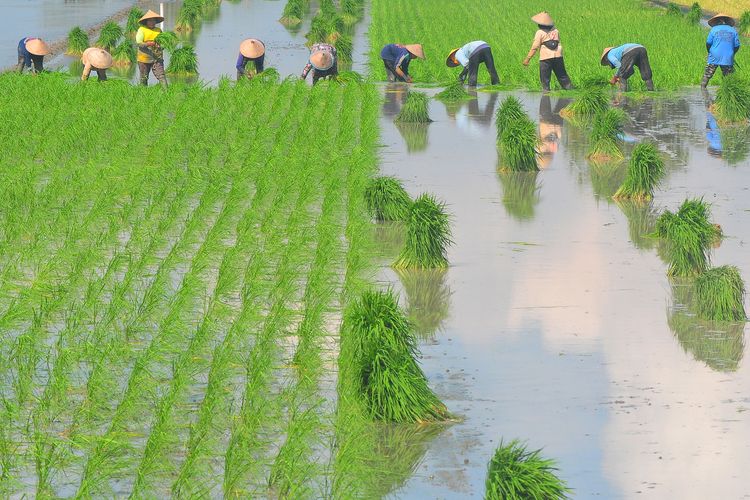
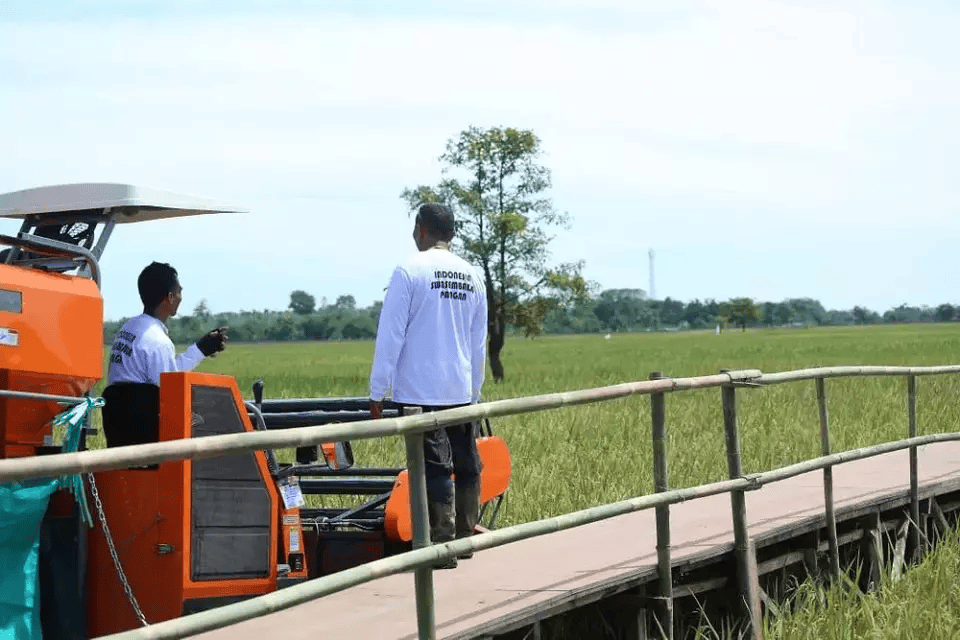
Scratch cards are such a fun, quick thrill! Thinking about platforms like jljl 2025 login and their focus on secure, fair play really elevates the experience. Seems like they’re building something big for 2025 & beyond! 👍
Interesting read! Seeing innovation like this-thinking beyond just slots-is key. PH987 seems to be building a really forward-thinking platform, anticipating what players want before they even know it. Solid stuff!
Really insightful article! Thinking about trying online casinos, and the ease of registration with options like GCash on queen ph game sounds great. Security & quick deposits are key, right? Definitely a plus for Filipino players!